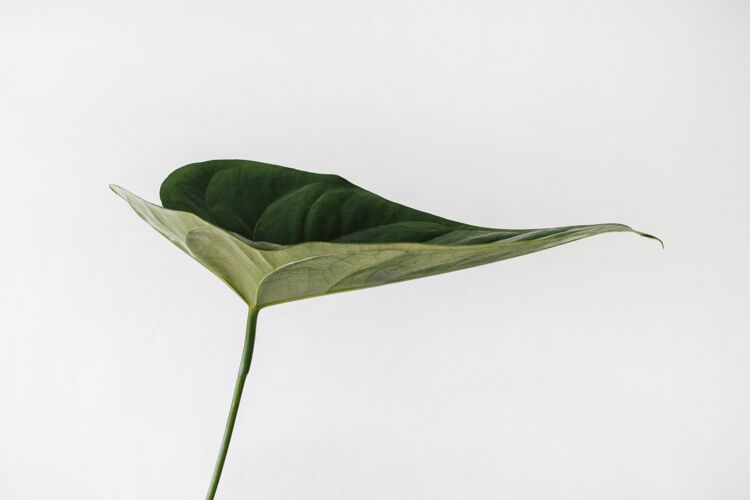Certifications - the way forward

Laurel Brunner discusses the importance and benefits of certifications.
Companies in the graphics industry are not particularly keen on certifications, generally citing cost and hassle as reasons not to bother. This is short sighted because certifications provide various assurances, not least for safety and process reliability and quality assurance. We are seeing a rising number of certifications in the business, particularly as packaging innovations grow. These are for digital printing systems using ISO 12647-2 (Process control for offset printing) as well as for materials and consumables such as inks.
Koenig & Bauer Durst, the joint venture that puts together Koenig & Bauer’s press expertise and Durst’s digital nous, is joining the certifications club. The joint company’s food safety water-based printing inks are now UL Ecologo certified. The Koenig & Bauer Durst ink certification has been awarded by a third party accredited certifying body, which means it is hard won. This type of certification is the most robust available. Accredited third party certification means it is not just Koenig & Bauer Durst saying that their inks are safe, or some consulting group slapping a logo on the inks to signal safety. Accredited third-party validation of a product’s sustainability performance and safety can be completely and unequivocally trusted.
The inks in question are Durst’s WT Food SP and WT Food MP water based inks. Their certifications are based on lifecycle assessments which take into account a wide range of environmental performance criteria as defined in UL’s ECOLOGO Standard (2801 – 2012 Standard for Sustainability for Printing Inks). Black, cyan, light cyan, magenta, light magenta and yellow inks have all been assessed and are all confirmed to contain no hazardous components, as defined by the ECOLOGO Standard.
Koenig & Bauer Durst uses these inks in the single pass Delta SPC Flexline Automatic 130 press. This is a digital postpress system for industrial applications. Durst has already used the imaging system for printing ceramics and labels and Koenig & Bauer have added the necessary mechanics to make the Durst technology suitable for postprint corrugated printing. Food safety, sustainability and flexible production models are priorities for brand owners and converters, and increasingly they rely on proven and tested technologies. Adding certifications whether it’s for process control or ink safety should be a no brainer. It is an obvious means for developers and service providers alike to provide assurance for customers.
Source information: This article was produced by the Verdigris Project, an industry initiative intended to raise awareness of print’s positive environmental impact. This weekly commentary helps printing companies keep up to date with environmental standards, and how environmentally friendly business management can help improve their bottom lines. Verdigris is supported by the following companies: Agfa Graphics, EFI, Fespa, Fujifilm, HP, Kodak, Miraclon, Ricoh, Spindrift, Splash PR, Unity Publishing and Xeikon.
Topics
Interested in joining our community?
Enquire today about joining your local FESPA Association or FESPA Direct
Recent news

The importance of ink for large format printers
Ink is crucial for large format inkjet printers, influencing substrate compatibility, productivity, and cost. Nessan Cleary discusses the three main types which include UV-curable ink, latex ink and eco-solvent ink. Each ink type has specific strengths and weaknesses, making printers choice dependent on budget and intended applications.

What are the benefits of Direct-To-Fabric printing?
Direct-to-fabric printing is gaining popularity for high-volume textile production, enabling on-demand, customized short runs. These printers offer ink flexibility, accommodating various fabric types like cotton and silk, though ink development focuses on faster turnaround by reducing pre- and post-processing. Compared to traditional methods, direct-to-fabric inkjet printing is a more sustainable option due to reduced water and chemical usage, and localized production.

What are the opportunities for large format providers regarding digital touch screens?
Digital touchscreens are becoming increasingly common, offering businesses opportunities to improve customer engagement and streamline operations. Nessan Cleary shares, while more expensive to implement than standard digital displays due to complex software and integration needs, touchscreens provide self-service options, multilingual support, and can reduce staffing costs in various settings like retail, transportation, and healthcare.
